Parenthood can be an amazing journey! As our babies grow and develop, we see them becoming the people they are meant to be. Our job as parents is to foster that growth and development, giving love and nurturance along with guidance and limits.
As our children’s personalities unfold, it can be a humbling experience for a parent. Sometimes we may watch in awe as they show a particular skill, talent, or personality trait that surprises us pleasantly. Other times, we may see parts of who they are that we want to fix or even suppress.
As we look for ways to connect with our children, we need to shift the focus towards creating a lifelong relationship based on trust and secure attachment. We may try and help them to cope with more challenging parts of who they are, but we must also realize that their life will be their own unique journey. We cannot solve the struggles our children will have in life. In the long-term, the best we can hope for is that they will use us as a sounding board, trusting our advice and counsel, and come to us when they need support. So, how can we help build this kind of relationship—one that is mutually satisfying and fulfilling? In this two-part article, we will look at several factors that are key in your parental relationship. First, we will look at your own history, discovering who your child is, and temperament. In the next part, we will look at attachment and communication
Look at Your Own Past
As I wrote about in my last blog article, Developing Your Parenting Roadmap, parents need to take the time to get clear on their own past in order to help their children. Parents who know themselves and their own story are more likely to raise securely attached children. Some questions you might ask your self include: Have I done my own work on my past? Have I decided what I want to bring forward from my own childhood and what I want to leave behind? What did I get and not get from my own parents? Am I at least somewhat at peace with my own parents? Have I figured out how to manage my relationship with them while focusing on my relationship with my new family?
Having some clarity about your past will help you to move forward in your relationship with your child. Knowing who you are and where you come from will help inform and enrich your own parenting.
Who is Your Child?
You’ve looked at who you are and where you came from, now look closely at your own child. Your child is different from you, a unique individual with unique gifts and challenges.
Find the time and space to be curious about her. Who is she? Who might she become? What are her strengths and challenges? This information will be useful to you in helping to support her throughout her lifetime.
At the same time, try not to be rigid. Children grow and develop, sometimes incredibly quickly. Try to hold your ideas about your child lightly and not pigeon hole children into certain roles in the family. It is important that we are all allowed to express all the parts of our personalities and not have to conform to a certain role.
Temperament
Temperament is one way of discovering more about who your child is and how that influences your relationship with him. Temperament is the inborn filter through which we experience the world, while personality is seen as more of a mix of nature and nurture. One way of looking at temperament is introversion vs. extroversion. Does your child seem to gain energy by being with other people or by being by himself? How does your child recharge? Of course, this is not a binary measure, but really, we all fall on a continuum of extroversion and introversion.
Another way of looking at temperament is through three categories: easy, difficult, or slow to warm. Children who are easy are very regular, have a positive approach to new situations, and are mostly positive in mood. Children who are difficult or spirited usually approach new situations with a negative affect, don’t handle change very well, and generally have a low frustration tolerance. The last category is children who are slow to warm. They essentially straddle the easy and spirited types, with characteristics from both. They may initially appear reluctant to engage in new situations, but then find their way.
In terms of your relationship with your child, the most important part of temperament may be the concept of “goodness of fit.” This simply means how do your own characteristics work with or against your child’s characteristics. For instance, an extroverted parent may have difficulty understanding an introverted child’s reluctance to enter a chaotic birthday party filled with boisterous children. The adult may see this as a fun, exhilarating event, while her child might see it as overwhelming and scary.
Parents should try and stay aware of their own goodness of fit with their child as they engage in new situations, dealing with any issues that come up with empathy and realistic expectations. You can change what you can and also help to build your child’s resilience and ability to deal with frustration for what you cannot change.
This is a two-part series and next time we will look at two more factors in Building Your Relationship with Your Child: Attachment and Communication.

